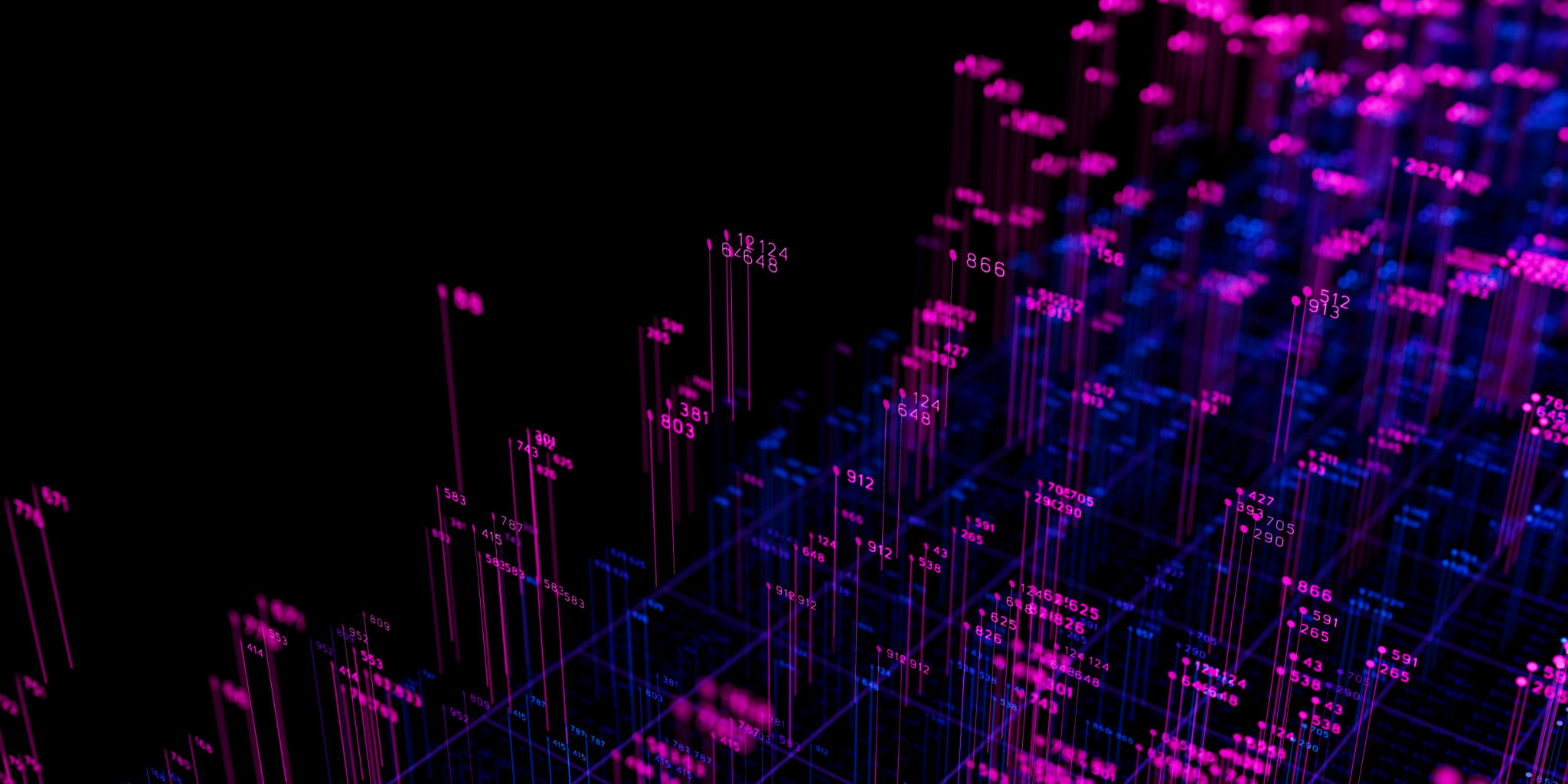Understanding the Value of Data-Driven Art in Modern Collections
RT
The Intersection of Art and Data
In recent years, the art world has witnessed a fascinating evolution where the lines between technology and creativity blur, giving rise to data-driven art. This innovative approach leverages data to inform and shape artistic expression, creating pieces that resonate with both aesthetic beauty and intellectual curiosity. But what exactly is data-driven art, and why is it becoming an integral part of modern collections?
Data-driven art involves using data as a primary medium or inspiration for creating artworks. Artists interpret various data sets, ranging from environmental statistics to social media trends, transforming them into visual, auditory, or interactive experiences. This fusion of art and data not only offers a new way to appreciate aesthetics but also provides a unique lens through which we can understand the world.

The Appeal of Data-Driven Art
One of the key attractions of data-driven art is its ability to tell compelling stories through numbers. By converting raw data into a sensory experience, artists can communicate complex narratives that might otherwise be overlooked. This storytelling aspect makes data-driven art particularly appealing to modern collectors who seek depth and meaning in their acquisitions.
Moreover, data-driven art often incorporates interactive elements, inviting viewers to engage with the artwork on a personal level. This interactivity not only enhances the viewer's experience but also allows for a dynamic relationship between the artwork and its audience.

Technological Advancements in Art
The rise of data-driven art is closely linked to advancements in technology. With the advent of sophisticated data analysis tools and digital platforms, artists now have unprecedented access to vast amounts of information. These tools enable them to manipulate and visualize data in innovative ways, pushing the boundaries of traditional artistic techniques.
For instance, artists can use algorithms to generate real-time visualizations or employ machine learning models to uncover hidden patterns within data sets. This technological integration not only expands the possibilities for artistic expression but also challenges conventional notions of authorship and creativity.
The Role of Data in Modern Collections
As the art world evolves, collectors increasingly recognize the value of incorporating data-driven pieces into their collections. These artworks are not only visually striking but also intellectually stimulating, offering insights into contemporary issues and cultural phenomena.
Data-driven art can serve as a bridge between different disciplines, fostering dialogue between artists, scientists, and technologists. By embracing this interdisciplinary approach, collectors can enrich their collections with works that reflect the complexities of our interconnected world.

Challenges and Considerations
Despite its growing popularity, data-driven art presents certain challenges. One of the primary concerns is ensuring the accuracy and ethical use of data. Artists must navigate issues related to privacy, consent, and representation while maintaining the integrity of their creative vision.
Additionally, the ephemeral nature of digital art raises questions about preservation and longevity. Collectors must consider how to maintain these artworks over time, ensuring they remain accessible and relevant for future generations.
The Future of Data-Driven Art
Looking ahead, the potential for data-driven art is boundless. As technology continues to advance, artists will have access to even more sophisticated tools and resources, allowing them to explore new dimensions of creativity. We can expect to see further innovations in how data is used to shape artistic narratives and engage audiences.
Ultimately, data-driven art represents a dynamic and evolving field that challenges our perceptions of art and technology. For collectors, embracing this form of art offers an opportunity to be at the forefront of a cultural revolution that redefines how we experience and understand the world around us.